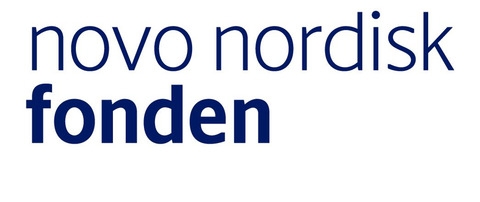Past
Marie Kølbæk Iversen: Histories of Predation
26 Aug – 22 Oct 2022
Marie Kølbæk Iversen’s exhibition atO—Overgaden interlaces East Atlantic folktales of merpeople, the history of capitalism, and new marine biological research in the extremely long-lived gurry shark.
With her exhibition Histories of Predation (Rovhistorier), Marie Kølbæk Iversen traverses time, borders and cultures when traveling into the eye lens nuclei of the gurry shark, an ancient deep-sea fish also known as a Greenland shark. Across the Nordic-Germanic languages, the gurry shark has historically been referred to as merman or mermaid, a mythological creature with anthropomorphic features. Via carbon-14 dating of the animal’s eye lens nuclei, marine biologists have recently estimated its longevity to be between 272 and 512 years. Thus, the gurry shark is the longest-living known vertebrate. Histories of Predation interweaves art, folklore and modern science to reflect on the more than 500 years of colonial, imperial and environmental struggles playing out in the Northern Atlantic region, where Danish influence has been and continues to be central.
Three monumental projection screens show hypnotic and brightly colored images in shades of pink and green. The images are microscopic recordings of the thousands of stratified fibers that are created inside the shark’s eye lenses in the course of its long life. In its simultaneously abstract and ultra-concrete appearance, the artwork is a filmic time travel through the ‘historic’ gaze of the predator, granting us an opportunity to see and experience at radically different temporal and spatial scales. In this sense, Marie Kølbæk Iversen invites us to turn our gaze inwards and also consider our own histories of predation and exploitation. Just as the gurry shark, with its long life expectancy, will experience futures we will never know, it has also lived through the centuries that have delivered us to our late capitalist and Anthropocene present.
As contextual framework for Histories of Predation—and as part of her music project Donnimaar—Kølbæk Iversen activates subjugated folksongs about merpeople from her East Atlantic home region in Western Jutland. Donnimaar is based on 19th-century folklore collector Evald Tang Kristensen’s collection of songs, including examples from Kølbæk Iversen’s great-great-great-great-grandmother Johanne Thygesdatter, who was one of Tang Kristensen’s informants. Donnimaar will be included in the exhibition in the form of two performances and a subsequent album release.
Marie Kølbæk Iversen (b. 1981, DK) lives and works between Copenhagen and Oslo. She holds an MFA from the Royal Danish Academy of Fine Arts and will finish her PhD in 2022 between the Oslo National Academy of the Arts and Aarhus University. Kølbæk Iversen is represented in several public collections and has exhibited widely in Denmark and internationally, including at Louisiana Museum of Modern Art, the Gwangju Biennial and Henie Onstad Art Center.
Thanks to:
Henie Onstad Kunstsenter; Jonathan Brewer, Line Lauritsen (Danish Molecular Biomedical Imaging Center, University of Southern Denmark); Julius Nielsen (Greenland Institute of Natural Resources); Katinka Fogh Vindelev (MoBC Records); Antonella Notari Vischer, Bernard Vischer (Podere Trafonti Artist Residency); Michael Ejstrup; Silas Emmery; Søren Kølbæk Iversen
This exhibition is made possible with the support of the Danish Arts Foundation, Novo Nordisk Foundation and PKU - Norwegian Directorate for Higher Education and Skills.
Related
- Events
- News
- Press
- Publications


